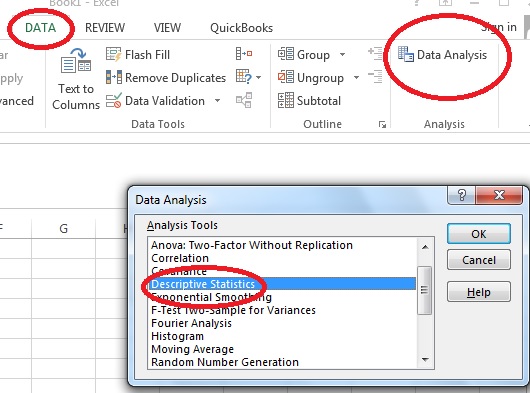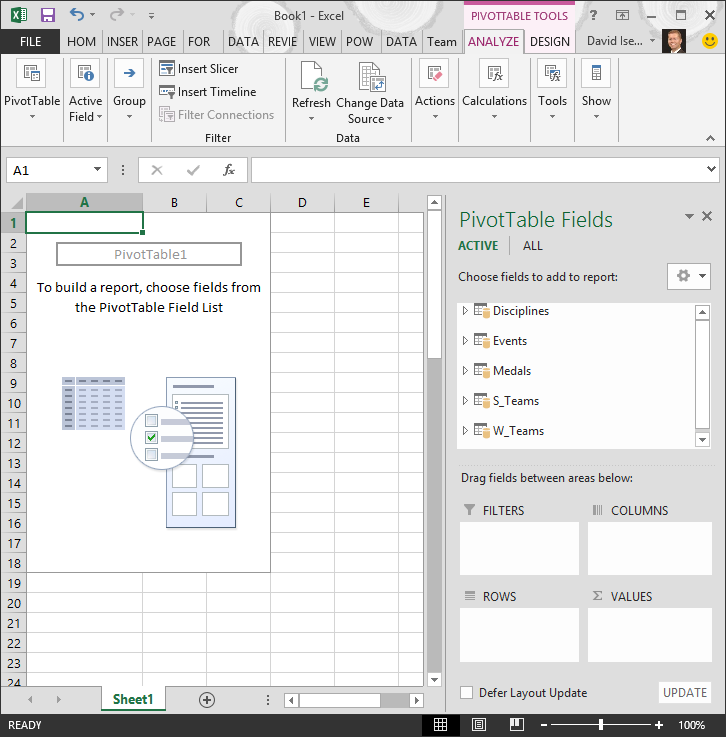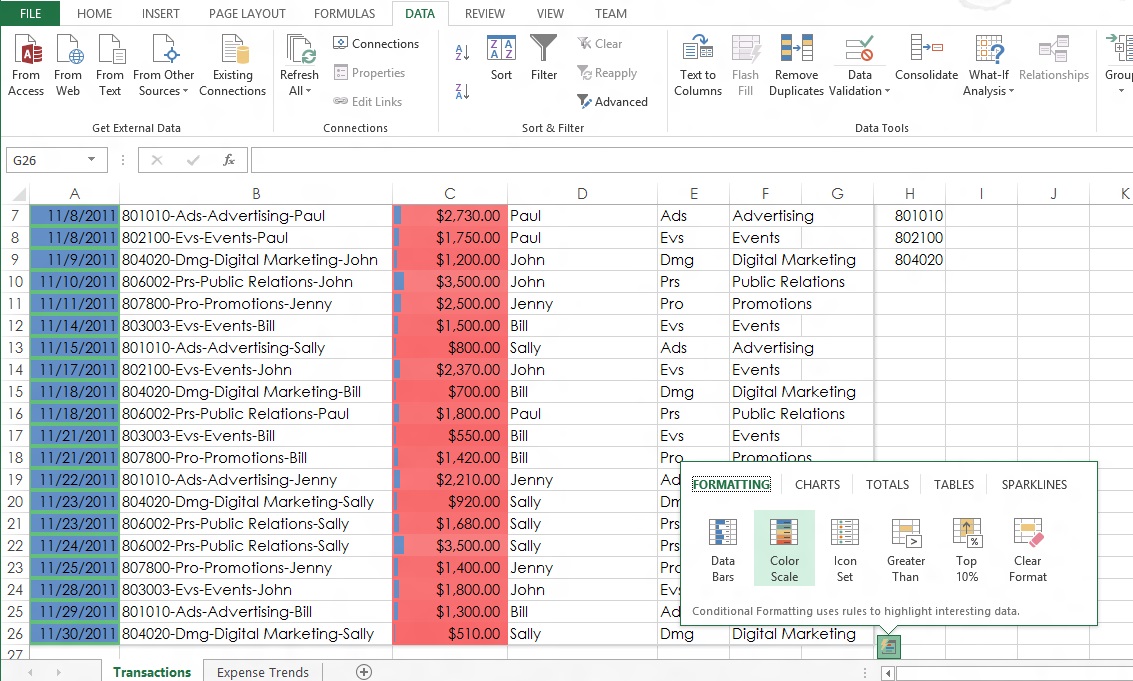
The Excel SUMIF function returns the sum of cells that meet a single condition. Let’s get the count of items that are over 100. You can now filter according to your needs.ĬOUNTIF is a very commonly used Excel function used for counting cells in a range that satisfy a single condition.

We use filtering when we want to get the data that will match the specific conditions. Add the levels by which you want to sort.Click on Sort which can be found on the Sort & Filter group, on the Data tab.You can also sort on multiple columns in your worksheet. Note: To sort in descending order, click ZA. Next, to sort in ascending order, click on AZ which is found on the Data tab, in the Sort & Filter group.The first step is to click on any cell in the column which you want to sort.If you want to solve a workbook model that is stored on your local PC, use the Solver included with desktop Excel, or one of Frontline's enhanced Solvers for desktop Excel.Let’s sort the data on the basis of Units. NOTE: Although the Solver add-in can be used in Excel 2013 and Excel 2016, because your model is solved "in the cloud," this Solver add-in works only with Excel workbooks that are stored online.

Now when you open your workbook, the Solver Task Pane should appear automatically. Click File Save As, and save to your Office 365 or SharePoint document library, or OneDrive or OneDrive for Business folder.ĥ. Click to see the Solver add-in listing in the Office Store.Ĥ. If this is your first time using the Solver add-in, click Store, and look in the Data Analytics category. In the Office Add-ins dialog, find and select Solver under

Click the Insert tab, then click the My Add-ins button.Ģ. If Solver appears in the Recently Used Add-ins dropdown list, select it there, and skip to step 4.ģ. Open the workbook where you want to use Solver.
#How to use data analysis in excel 2013 how to
If you don't see the Solver Task Pane in your worksheet, you need to insert the Solver add-in: Follow the steps in Microsoft Office Support on How to get an Office Add-in for Excel.ġ. In Excel Online for Office 365, Excel Web App for SharePoint, or Excel on iPad, use the Solver add-in.

Now on the Tools menu, you should see the Solver command. button and navigate to the folder containing Solver.xlam. If you don't see this name in the list, click the Select. In Excel for Macintosh, if you don't see the Solver command on the Tools menu, you need to load the Solver add-in.ġ. Click the Tools menu, then click the Add-ins command.Ģ. In the Add-ins available box, select the Solver.xlam check box. Now on the Data tab, in the Analysis group, you should see the Solver command. If you don't see this name in the list, click the Browse. In Excel for Windows, if you don't see the Solver command or the Analysis group on the Data tab, you need to load the Solver add-in.ġ. Click the File tab, click Options, and then click the Add-ins category.Ģ. In the Manage box, click Excel Add-ins, and then click Go.ģ. In the Add-ins available box, select the Solver Add-in check box.


 0 kommentar(er)
0 kommentar(er)
